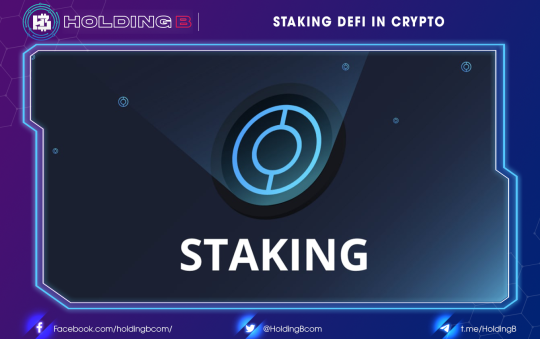What is Liquidity Pool?
A Liquidity Pool is a group of coins or tokens that are locked in a smart contract. Overall, Liquidity Pool is a very simple concept, it can be used in many different ways.
For example, Liquidity Pool is used to facilitate transactions between assets on a decentralized exchange (DEX), lending protocols, Yield farming, Synthetic Assets, etc..
Liquidity Pool can be considered as one of the foundational technologies behind the success of Defi currently. They facilitate the movement of digital assets in an automated and permissionless manner through the use of liquidity pools.
How does Liquidity Pool works?
One of the most important groups of people for a Liquidity Pool to work properly are the people who provide the liquidity for that Liquidity Pool, also known as the Liquidity Provider.

So if Liquidity Pools in cryptocurrencies are to work properly, they need to be designed with appropriate incentives for Liquidity Providers to pool their assets into the Liquidity Pool. That is why most of the liquidity providers in the Crypto market earn trading fees and Yield Farming rewards from the decentralized exchanges they provide liquidity.
When a user provides liquidity to the pool, the liquidity provider usually gets LP tokens back. LP tokens represent their share of assets in the common pool and they can also be used throughout the DeFi ecosystem with various capabilities.
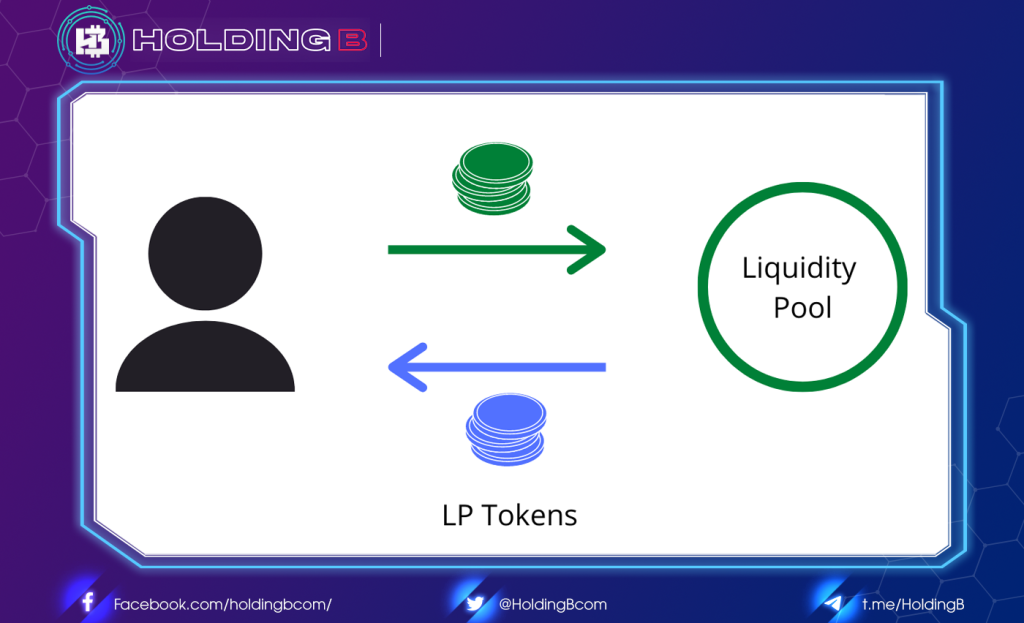
For Automated Market Maker (AMM) Liquidity Pools, when a transaction occurs, a transaction fee is retained in the Liquidity Pool and distributed proportionally among LP token holders.
Liquidity Pools in AMM also maintain market value for tokens in the pool thanks to AMM algorithms. Liquidity Pools in different protocols may use slightly different algorithms.
For example: Liquidity Pool Uniswap uses a constant product formula (x * y = k) to maintain a ratio of the price to the number of tokens in the pool
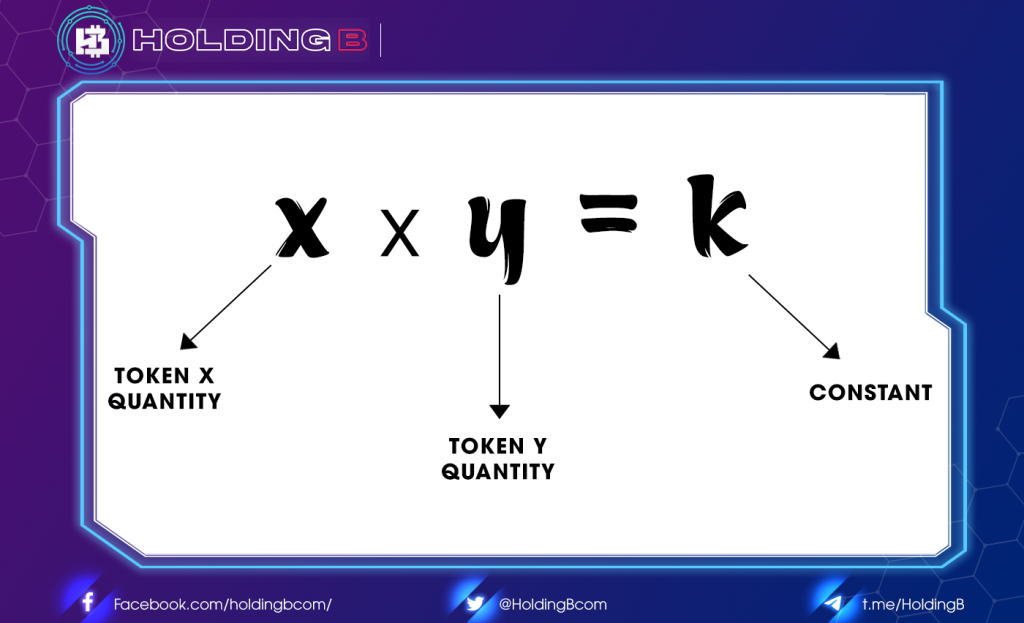
Why is Liquidity Pool important in Crypto?
Before the Liquidity Pool, the liquidity of the Crypto market was heavily influenced by centralized exchanges (CEX) and traditional Market Makers. At that time, liquidity was concentrated in only a few top coins & tokens such as BTC, ETH, LTC,… LTAs (Longtail Assets) were in low liquidity or had no liquidity, making it very difficult to trade them. towel.
Liquidity Pool aims to solve the problem of illiquid markets by incentivizing users themselves to provide crypto liquidity and receive back what is usually a portion of transaction fees.
In addition, trading with Liquidity Pool protocols such as Uniswap, Sushiswap,… does not require buyers and sellers to match orders like Order Book floors. This means that users can simply exchange their tokens and tokens in the pool using user-provided liquidity and trade through smart contracts.
This makes Liquidity Pool a great solution for liquidity problems in Crypto especially for LTAs, opening up a host of other use cases for Crypto.
Popular applications of Liquidity Pool in DeFa
Liquidity pools play an essential role in the DeFi decentralized finance ecosystem – especially when it comes to decentralized exchanges (DEXs). They provide the liquidity, speed, and convenience needed for the DeFi ecosystem.
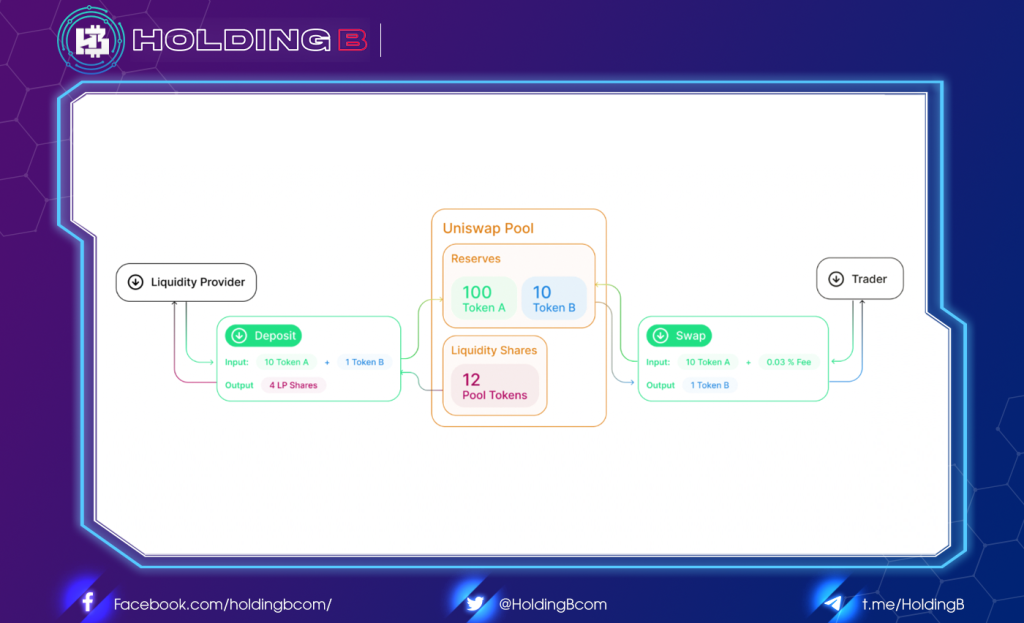
In AMMs, the Liquidity Pool is a mechanism by which users can pool their assets into DEX smart contracts to provide liquidity for that asset. Users can then easily trade these tokens back and forth. The more assets in the Pool, the more liquidity, and the easier trading becomes on decentralized exchanges.

To create a better trading experience, different protocols provide even more incentives to users for them to provide liquidity to the platform by making more tokens available to LP holders, this method is called mining. liquidity farming.
In the DeFi market many platforms implement Yield Farming that allows you to earn rewards for providing liquidity So how does a crypto liquidity provider choose where to put their money?
Liquidity pools are the basis of automated profit-generating platforms like yearn, where users can add their funds to the pools and then receive interest.
This is where the Yield Aggregator & Yield Optimizer comes into play, users can deposit their tokens into pools and then receive automatic interest. Besides, platforms like Yearn Finance even automate risk selection for allocating your tokens to different DeFi investments to provide liquidity and yield.
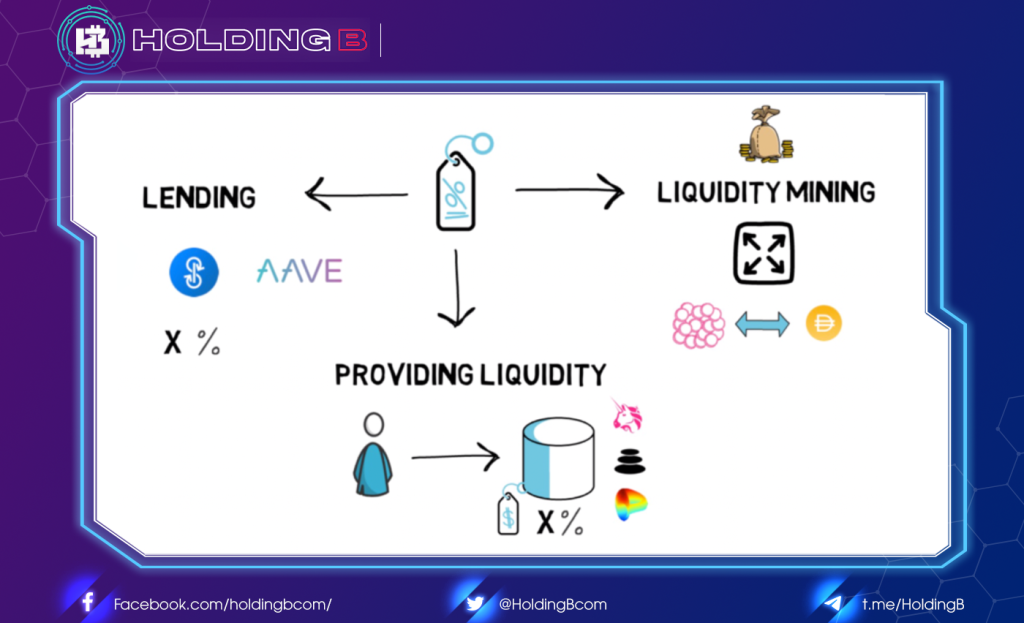
Another popular application of Liquidity Pool is used in Lending & Debt protocols. Users deposit tokens into the platform as collateral and can borrow another asset from the platform to use for their purposes, borrowing and lending fees will be determined by the supply and demand of that asset. . Besides, when users deposit assets, they will also receive another token representing their ownership of the property.
Risks of Liquidity Pool
Like everything in DeFi, there are risks involved. In addition to the usual DeFi risks such as smart contract failures, governance locks, and system risks (bugs). They also have to add 2 new risks to Impermanent Loss and hack the Liquidity Pool.
If you are providing liquidity to an AMM, you will need to be aware of a concept called Impermanent Loss (IL) or impermanent loss. In short, this is the loss in $ of adding liquidity to an AMM compared to just holding that token.
See ya in the next article !
Don’t forget to follow useful articles about Crypto Market from team Holding B !!!
- Telegram Channel: https://t.me/HoldingBcom
- Telegram Group: https://t.me/HoldingB
- Website: https://holdingb.com/
- Twitter: https://twitter.com/HoldingBcom
- Facebook: https://www.facebook.com/holdingbcom





